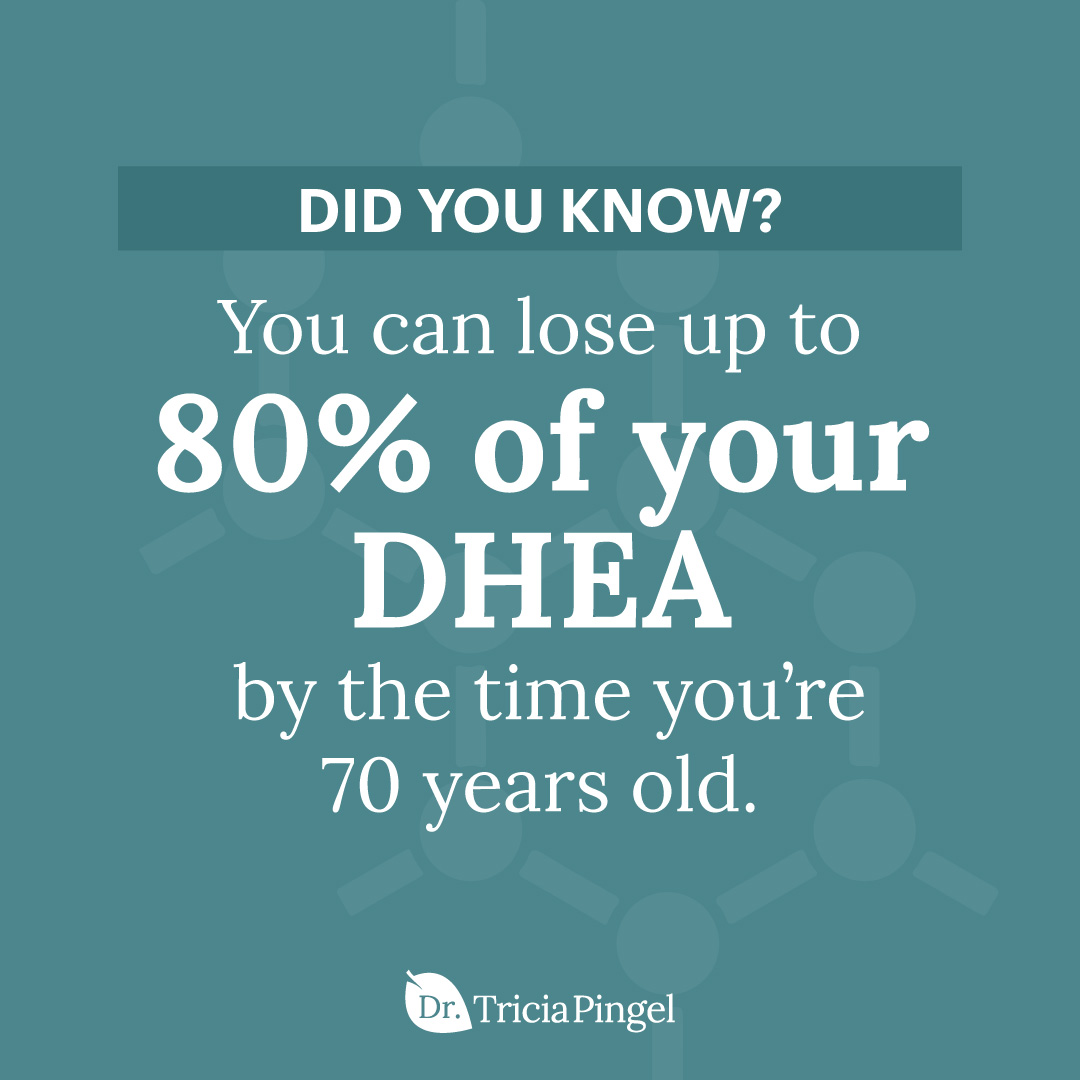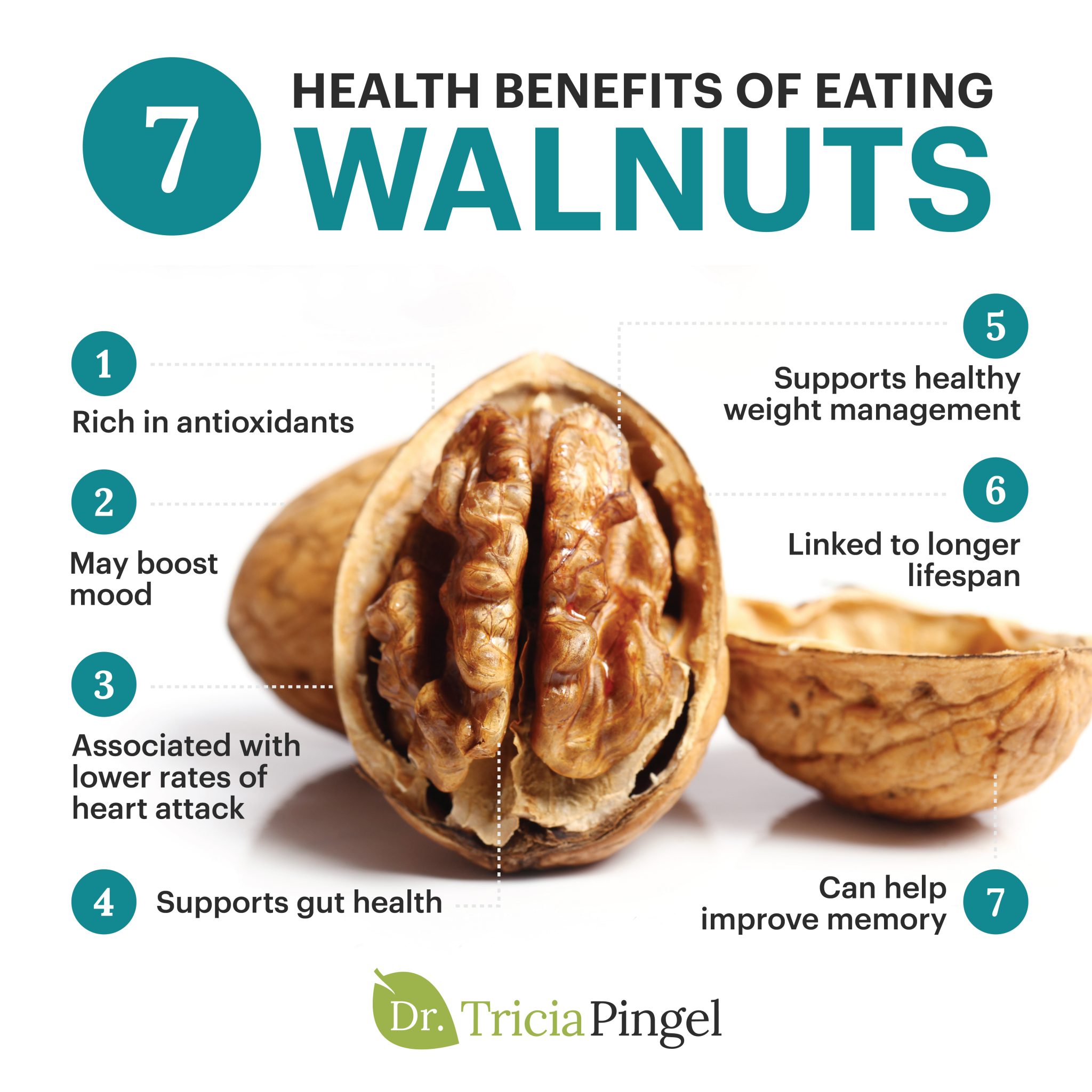DHEA Benefits: What It Is, How It Works, and 7 FAQs
One of the most common topics I’m asked about is DHEA. Why? Well, it’s commonly believed that DHEA benefits those with adrenal fatigue.
In fact, DHEA has been marketed as the solution to adrenal fatigue by many physicians. Accordingly, you may be wondering if the supplement DHEA is the right solution to assist your body during times of stress. And it’s a valid question.
Unfortunately, the answer isn’t a simple yes or no and warrants further discussion. Remember, we are all unique with our own individual biochemistry, and adrenal fatigue is not a clear-cut condition. Instead, it’s a process—and where you are in that process dictates whether or not DHEA may offer relief.
So, let’s take a closer look at what DHEA is and how it works in your body. I’ll also answer some of the questions you’ve been asking about DHEA. Let’s dive in!
What is DHEA?
So, you’ve heard about DHEA, but do you know exactly what it is? DHEA is an acronym for dehydroepiandrosterone, an endogenous steroid hormone (meaning it’s naturally made in your body).
The thing that makes DHEA truly unique is that it can actually transform into different sex hormones, such as androgens and estrogens. It can even transform into cortisol during times of stress.
Now, we’re primed to think of cholesterol as something bad. But you may be surprised to learn that DHEA is actually made from cholesterol. Furthermore, it’s primarily produced in the outer layer of your adrenal glands, though it can also be produced in the sex organs.
DHEA can also be found in your brain and digestive tract. And you may be surprised to learn that your body began producing DHEA before you were even born.
That’s right—as a fetus, your adrenal glands produced more than 200 mg of DHEA each day. That’s almost 10 times the amount that adults produce! [1] It happens because the placenta calls for more DHEA production to support the development of the embryo. [2]
Interestingly, studies have found that serum levels of cortisol, DHEA, and other hormones drastically decrease during a baby’s first week of life. [3] The levels of DHEA remain low until you hit puberty, at which point they begin to rise once more.
DHEA levels usually peak in men between the ages of 20 and 30. Conversely, it peaks in women from ages 15 to 19. As a result, DHEA is typically significantly lower in women than in men starting at age 20.
Once the levels have peaked, the amount of DHEA in your body tends to decline each year. And research has shown that you can actually lose up to 80 percent of your DHEA by the time you’re 70 years old. [4]
In fact, DHEA levels in women in their mid-70s are typically 75 to 80 percent lower than those of women in their 30s, with age being the biggest factor. [5] Interestingly, prior to menopause, women get 50 to 75 percent of their estrogens and most of their androgens are through intracellular mechanisms from DHEA. [6]
But there’s more to the picture here. While age does account for a significant percentage of DHEA depletion, there’s also another culprit—and it’s one you encounter every single day: stress.

How Stress Impacts DHEA
Take a moment to imagine baking cakes in your kitchen. You have purchased plenty of flour, sugar, and eggs, and you’ve practiced the perfect technique for baking the cakes. You are so good at it that people start demanding your cakes, so you decide to start a cake-making business and hire some employees to help out.
Imagine that your thyroid, progesterone, estrogen, and testosterone are your employees. They’re responsible for maintaining the supply of flour, taking orders, and performing customer service duties.
Meanwhile, cortisol is your demand. There are people placing orders and expecting well-made cakes. The hormones DHEA and pregnenolone are your supply (your flour, sugar, and eggs).
Now, as the demand for cakes increases, you require more supply (DHEA and pregnenolone) to keep up with the demand. This system works great for a while, and you fulfill all your orders and produce incredible-tasting cakes.
But before long, the demand for your cakes increases. As a result, you begin to run low on your supply. You’re now overworked, tired, frustrated, and just want to give up. Your employees (your thyroid, progesterone, estrogen, and testosterone) eventually quit (this is basically what happens during menopause and andropause), and you are left with a low supply of flour (DHEA) and demand that waxes and wanes.
This often results in increased cortisol (which causes anxiety and insomnia) and imbalanced hormones (which are linked to brain fog, weight gain, PMS, heavy menstrual periods, poor sex drive, and more).
As adrenal fatigue progresses , your DHEA drops, leaving your body without the tools it needs to synthesize any hormone. For women, these stages further impact the day-to-day function of your menstrual cycle, resulting in symptoms such as extreme fatigue, lack of motivation, hot flashes, excessive or lack of menstruation, mood swings, and disease development. Often, this is termed peri-menopause or menopause, but the underlying cause is actually your exhausted adrenal glands.
In men, low DHEA often results in low libido, energy, sleep, and even mental fogginess due to its impact on lowering testosterone.
Does any of this sound familiar? If so, you’ve probably found yourself wondering if the supplement DHEA benefits your health. Keep reading for more on DHEA benefits and get some answers to frequently asked questions about DHEA.
DHEA Benefits and More: 7 FAQs About DHEA
Here are seven FAQs on DHEA and the answers you’ve been searching for.
1. What does DHEA do?
DHEA benefits the body by aiding in the production of sex hormones in both men and women. However, if you’re in a state of chronic stress, it may also convert to cortisol, resulting in further adrenal fatigue.
It is incredibly important to check your DHEA level against cortisol, estradiol, estrone, and testosterone prior to supplementing with DHEA. Otherwise, you can actually make the situation even worse!
DHEA is offered in supplement form and has been touted to improve bone health, improve depression, and even slow the aging process. [7, 8, 9] It’s also available in creams and sublingual lozenges.
2. How long does it take for DHEA to work?
If given at the appropriate time, DHEA benefits your body very quickly. In fact, you can feel results in as little as 10 days.
However, inappropriate dosing can cause some significant side effects, such as anxiety, agitation, sore or painful breasts, bloating, excessive menstrual bleeding, ovarian cysts, abnormal hair growth, cystic acne, and more. In addition, if you take too much during times of higher stress, you risk worsening adrenal fatigue.
3. How much DHEA should I take?
Dosages range from about 5 mg to 50 mg. Before taking DHEA, it’s important to speak with you doctor about your full history and also have a full physical and lab evaluation. These elements help to determine the right dose for you.
Many doctors will compound lower dosages of DHEA with other hormones to balance out the sex hormone production.
In men, testosterone often is offered when levels come back low. But keep in mind that DHEA is the precursor to testosterone.
As a result, it’s often a better solution to repair the problem of low DHEA first. This will help to repair the entire pathway and not simply focus on the end hormone, testosterone. Remember, always seek the cause!
4. Is DHEA safe?
Typically, supplementing with DHEA benefits those who need it. It’s well tolerated and generally safe when used appropriately. That said, I have seen detriments from inappropriate use. As a result, this is a supplement that should only be used under a physician’s guidance.
5. When is DHEA helpful?
There are certain situations in which DHEA benefits people more than others. Personally, I prescribe DHEA when levels are low, in conjunction with lower cortisol, estrogens, progesterone, and testosterone levels.
I don’t recommend taking DHEA if your cortisol levels are elevated or if you’re experiencing excessive sex hormone production, as it could make things worse! In those cases, I lean towards using adrenal-supporting herbs instead, such as ashwagandha, rhodiola, schisandra, and more.
6. Is DHEA a steroid?
Yes, DHEA is a steroid hormone and is synthesized from cholesterol. It is the precursor to other steroid hormones, such as estrogens, progesterone, and testosterone.
7. Will taking DHEA slow the effects of aging?
As we’ve previously discussed, studies have shown that excess cortisol is known to promote aging. [10] So, anytime you have excess cortisol along with depleting DHEA, the aging process will be accelerated.
Now, DHEA is commonly touted as the “youth hormone,” but is that really accurate? The truth is that there isn’t enough research to substantiate claims that taking DHEA can actually slow the effects of aging. That said, certain studies have found that taking DHEA can benefit everything from cognitive function to abdominal fat to insulin levels to bone health (including osteoarthritis). [11, 12, 13]
Key Takeaways
- DHEA is an acronym for dehydroepiandrosterone, an endogenous steroid hormone (meaning it’s naturally made in your body).
- DHEA benefits include the fact that it can transform into different sex hormones, such as androgens and estrogens. It can even transform into cortisol during times of stress.
- If you're interested using DHEA, speak to your doctor first and request a full workup before proceeding.










